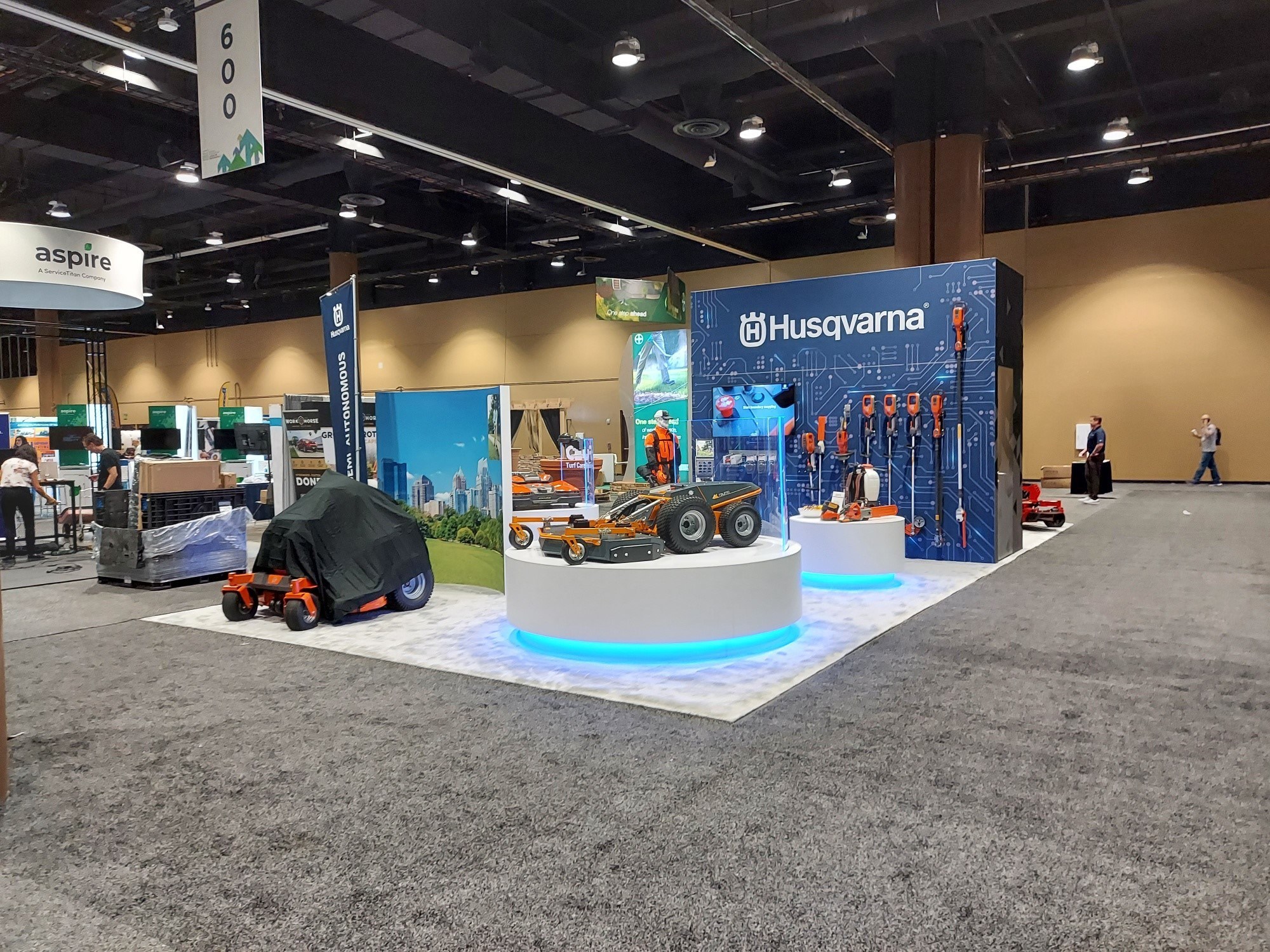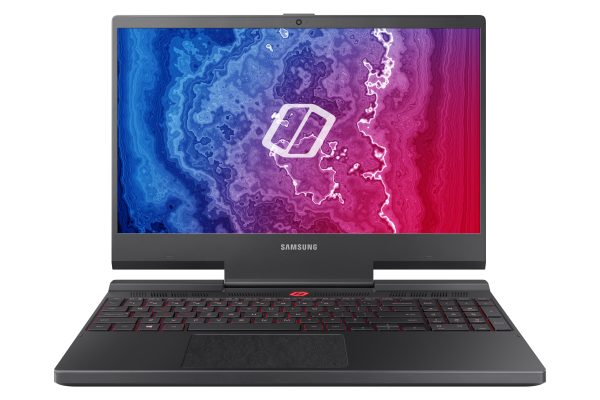Improvements in Eyewear Technology

Just like our smartphones are always becoming faster and smarter and our cars are continually becoming eco-friendlier and more high-tech, eyewear technology is evolving, too. Here are a few examples of improvements in eyewear technology.
Blue-Light Lenses
The sun and our technological devices give off blue light that can be damaging to our eyes. While our eyes have evolved to handle exposure to blue light from the sun and some screens, as more of our days revolve around the use of technology, the more damage we could be doing to our retinas.
Blue-light lenses have filters that block or absorb blue light. Blue-light-blocking lenses help to reduce eye strain for those who spend their workdays primarily looking at a computer screen. It can also minimize exposure to blue light during those late-night TV binges, as it can keep a person awake longer.
Self-Focusing Lenses
A significant improvement in eyewear technology is self-focusing lenses. These lenses make small, automated adjustments to help the user focus on objects, making them especially popular in treating presbyopia, or farsightedness.
Self-focusing lenses use sensors to measure the distance between the pupils and the object the user fixates on. The distance calculation then runs through the battery of the glasses via an electrical current that changes the glasses’ focus in a matter of milliseconds.
Color-Correcting Glasses
Color-correcting glasses are changing the way people with color vision deficiencies see the world—literally. Color-correcting glasses use a filtered lens to filter overlapping wavelengths that confuse the brain and result in an inability to see specific hues and shades. Choosing color-correcting glasses isn’t as difficult as it may seem, either. Most color-correcting glasses work for all colorblindness and come in the same traditional styles as regular eyewear.
Eyewear technology is continuously changing and improving to make our eyesight and our experience with glasses better.





